Interesting Facts about Vietnam
Vietnam is well-known for its amazing cuisine (Pho, Banh Mi), Vietnam War or being one of the cheapest countries to travel to? What else should you know?
1. Transportation
Vietnam ranks forth in the motorbike ownership rate worldwide. It is an impressive ranking when there are 60 million motorbikes in the population of 90 million people. Vietnamese people choose motorbikes as their main means of transportation as motorbikes are cheap and convenient to travel in crowded cities or tiny lanes. Owning a car is still considered expensive property for wealthy people because the tax is around 100-200%.
Due to the variety of vehicles on the road, crossing the cross is “nightmares” or “cultural shock” for for foreigners. You need both courage and skills to cross the road in Vietnam!
2. Economy
Vietnam is developing country but it is Asian’s shining star during COVID 19 with 2.9% growth in national economy last year.
Vietnam is global king of cashew nuts producers. Besides cashew, Vietnam’s leading export products are rice, pepper, coffee and rubber. Do you know that Vietnam’s Jasmine Rice ST25 was granted World’s Best Rice 2019?
3. Cuisine
Do you know that though Pho is traditional food in Vietnam, it is cooked differently in the North and South? The broth in the Northern Pho is clear and simple while Southern Pho is sweeter and richer. Southern Pho also uses more styles of beef such as rare beef, tendons, meatballs, tripe or brisket. Unlike the South, Northern Pho is not served with lime, beansprout, hoisin sauce, chili sauce and fresh sliced chilies.
One must-try drink when visiting Vietnam is Egg Coffee (Ca Phe Trung). it is a sweet treat made by beating an egg yolk with sweetened condensed milk until it makes an airy, creamy, meringue-like fluff. Worth to try!
4. Surname: Nguyen
You might automatically call a person with the Nguyen in their surname Vietnamese. Over 38% of Vietnamese people have Nguyen in their surname. The second common surname is Tran and Le.
5. Some “most” things about Vietnam
- The world’s largest cave – Hang Son Doong: Being 38.5 million cubic meters, Son Doong is able to accomoate an entire New York city block. The ecosystems within the cave has its own weather systems and can even create its own clouds.
- Vietnam ranks fifth in the Happy Planet Index results, and second in the Asia Pacific region
- The country has the most dishes made from noodles and broth with 164 dishes. Beef Noodle Soup (Beef Pho) came second in the 20 delicious noodle soup chosen by CNN.
- With 272 dishes made from 43 different flowers, Vietnam is the country with the highest dishes made from flowers.
- The world’s most dishes from rice flours with over 143 dishes using various recipes.
Want Your Kids to learn Vietnamese? Join us!
Do you know that learning Vietnamese is a gateway to further explore this amazing country?
Ways on How You Can Help Your Children Learn New Languages Faster
How you can help your child learn new languages faster:
- Make language learning a daily habit. Research shows that your child only needs 15 minutes a day to make progress while learning a new language. Some ways in which you can instill this habit in them is by making them listen to podcasts or watch a movie in a foreign language.
- Learn cognates. Languages like Spanish have a lot of words that we commonly use while speaking English. Learning these words will help your child transition better into the new language.
- Use flashcards and spaced repetition. Flashcards are proven to be the most effective way to memorize new languages. Flashcards use a concept called spaced repetition that basically prioritizes things your child does not know and helps them prioritize and work on their weak areas.
- Use a notebook and take it everywhere. Ask your kids to write down all the relevant vocabulary that you come across whenever your child is exposed to a new language.
- Speak the language from day one. There are 3 ways to achieve this. You can enrol your child in group learning in a good language school. This is great from a social perspective as your child will be studying with kids their own age and they can collaborate and work together on their skills.
This is where we can help you!
At Sydney Language Solutions we offer the best prices and deals for an atmosphere of fun and engagement in which your children can develop their language skills and aim towards a brighter future.
Advantages of Bilingual and Multilingual Children
INTERESTING FACTS ABOUT BILINGUAL/MULTILINGUAL CHILDREN:
– Better academic results: research has shown that bilingual/multilingual children can often concentrate better, have better problem-solving skills, understand language structure better and are better at multitasking.
– More diverse and interesting career opportunities later in life: employees speaking two or more languages can form better connections/relations with clients and other business partners. Therefore, multilingual candidates are preferred by employers.
– Children who speak more than one language have a better sense of self-worth, identity and belonging.
– Bilingual/multilingual children are said to be more educated since they can indulge in reading books written in various languages, enjoy movies and music in different languages.
– Children who learn foreign languages appreciate other cultures more and feel a sense of affinity while communicating with people from other countries.
BENEFITS OF LEARNING A FOREIGN LANGUAGE FOR CAREER GROWTH:
Learning starts at a very young age and learning new languages as a kid not only has a positive impact on your child’s personal growth, but it also gives them an edge in the professional world when they grow up.
Here are some advantages of learning foreign languages as a kid:
- Your kid will automatically become more attractive than other candidates when it comes to Global companies. In this dynamic world of globalization, employers are seeking candidates that are multilingual. International companies are trying t0 widen their reach across the globe and hire employees that can blend in with other cultures and fill in the communication gaps between the company and its clients.
- Career growth opportunities: being fluent in foreign languages doesn’t always mean your kid will have to go abroad. Many small local businesses prefer multilingual candidates who can help them explore new business opportunities and bring in more clients from other countries.
- Higher salaries: research shows that multilingual employees earn at least 10%-15% more than monolingual employees.
- Relationship building: having the ability to speak and understand different languages will allow your child to relate to various cultural groups at a personal level. Having a good relationship with colleagues is essential in a professional environment.
- Increased job opportunities: being fluent in foreign languages can be extremely beneficial for an individual’s professional growth. Many companies now require only employees who are bilingual or multilingual.
Benefits of Having Children Learn a Second Language
Why must children learn a new language from a young age?
- Experts say that children have more time and ability to pick up a new language faster than adults and develop a native-like pronunciation.
- Learning a new language also boosts a child’s creativity, problem-solving, critical thinking, and listening skills.
- In the long run, a second language will also be advantageous for them in the workplace where being multilingual gives one a competitive edge over others.
What makes our program different from other community language schools?
At some community language schools, the programs are designed to be beneficial if only both parents speak that particular native language at home for the children to have a chance to hear and practice the language. While this is advantageous for some children, others with only one parent who speaks language cannot have the chance to hear from their parents’ interaction. In fact, there are numerous households in Sydney with only one bilingual parent. In such circumstances, going to a language class with a structured program will help the students.
At Sydney Language Solutions, we offer language courses for children from all backgrounds, regardless of the number of parents who speak that language at home. These courses are also tailored for children whose parents are second-generation language speakers in Australia, or those parents who do not have enough background knowledge in speaking, reading, and writing their language to teach their children at home.
PhuQuoc Island
PhuQuoc Island or the Emerald Island is the biggest island in Vietnam which has a population of more than 80,000. The climate of this island is tropical so PhuQuoc owns valuable natural resource which is tropical forest. Moreover, PhuQuoc is not damaged much by disasters because it is covered by the Thailand gulf. In addition, since PhuQuoc is a big island, therefore it possesses other resources such as ocean resource and land resource.
We cannot miss out those traditional careers when mentioning about PhuQuoc. They are fish sauce manufacturing and pepper planting. PhuQuoc fish sauce and pepper are twoworld-wide famous brands. In addition, the major economic activity of PhuQuoc residents is catching seafood. Recently, thanks to the development of travel and tourism, more services are being provided such as restaurants, hotels, entertainment center…
So, don’t miss out this beautiful island on your next visit to Vietnam!
Ha Noi
Ha Noi is the capital and the second biggest city after Ho Chi Minh City in Vietnam. Fortunately after years, Ha Noi still remains its ancient and peaceful sightseeing. Listed below are Ha Noi’s famous landmarks.
Hoan Kiem Lake (Hồ Hoàn Kiếm)
Hoan Kiem Lake is located in the center of Ha Noi. Its name expresses the meaning of “Lake of the Returned Sword” which adverting the legend that the Vietnamese Emperor Le Loi had been given a sword from a turtle from this lake and helped driving the invaders out of Vietnam.
Temple of Literature (Quốc Tử Giám)
Temple of Literature, which was built in 1076,has been known as the Vietnam’s first university. Recently, scholars graduated from doctoral, master’s and bachelor’s degree are received certificates in this temple.
One Pillar Pagoda (Chùa Một Cột)
One Pillar Pagoda is the most famous pagoda in Vietnam which has witnessed the ups and downs of Vietnamese history for a millennium. In 10/2012, this pagoda was rewarded as the temple constructing the most unique architecture by the Asian Records Organization.
North–South differences in the Korean language
There are a small number of differences in the standard forms of the Korean language used in the Democratic People’s Republic of Korea (North Korea; hereafter “the North”) and the Republic of Korea (South Korea; hereafter “the South”), due to the length of time Korea has been divided.
1. Letters: The same Hangeul letters are used to write the language in the North and the South. However, in the North, the stroke that distinguishes ㅌ |tʰ| from ㄷ |t| is written above rather than inside the letter as in the South.
|
Letter |
North Korean name |
South Korean name |
|
ㄱ |k| |
기윽 [kiɯk̚] | 기역 [kijʌk̚] |
|
ㄷ |t| |
디읃 [tiɯt̚] | 디귿 [tiɡɯt̚] |
|
ㅅ |s| |
시읏 [ɕiɯt̚] | 시옷 [ɕiot̚] |
|
ㄲ |k͈| |
된기윽 [tøːnɡiɯk̚] | 쌍기역 [s͈aŋɡijʌk̚] |
|
ㄸ |t͈| |
된디읃 [tøːndiɯt̚] | 쌍디귿 [s͈aŋdiɡɯt̚] |
|
ㅃ |p͈| |
된비읍 [tøːnbiɯp̚] | 쌍비읍 [s͈aŋbiɯp̚] |
|
ㅆ |s͈| |
된시읏 [tøːnɕiɯt̚] | 쌍시옷 [s͈aŋɕiot̚] |
|
ㅉ |tɕ͈| |
된지읒 [tøːndʑiɯt̚] | 쌍지읒 [s͈aŋdʑiɯt̚] |
2. Pronunciation: The standard languages in the North and the South share the same types and the same number of phonemes, but there are some differences in the actual pronunciations. The South Korean standard pronunciation is based on the dialect as spoken in Seoul, but the North Korean standard pronunciation is based on the dialect as spoken in Pyongyang.
3. Emphasis: In the North, names of leaders 김일성 (Kim Il-sung), 김정일 (Kim Jong-il) and 김정은 (Kim Jong-un) are always set off from surrounding text, typically by bolding the characters or increasing the font size.
Reference
Jochen-Martin Gutsch (2012), Germans Give Pep Talks on Korean Unification Der Spiegel .
Nha Trang – the Pearl of the Far East Vietnam
Nha Trang is a coastal city of Vietnam as well as a centre of politic, economy, culture, science and travel of Khanh Hoa province, Vietnam. Nha Trang is known as the Pearl of the Far East due to its natural value, beauty and weather. Listed below are must-see destinations when you visit Nha Trang
Tam Island (Hòn Tằm)
Tam Island (Hòn Tằm) is a appealing destination which is 100 ha width. Since it is located 7 km far away from Nha Trang City so visitors need only 7 minutes of travelling by canoe to arrive. This island still remains the beauty and wild of tropical forest and the romance of a long beach. Tourists can visit the Bat cave which lied behind this island and participate in many beach sports such as paragliding, beach volleyball, kayak and mountain climbing.
Dam Market (Chợ Đầm)
Dam Market, a central market of Nha Trang sea city, is a unique and beautiful construction. It is the biggest market as well as the trade label of this city. Before being constructed as a market, it was a 7 ha of marsh. Dam Market provides many daily stuff , sourvenir and sea food for tourists.
Nha Trang Institute of Oceanography
Nha Trang Institute of Oceanography is an institute studying about the life of sanitary and phytosanitary. It was built by French in 1922 which is considered to be one of the oldest research institutes in Vietnam and the largest collection of ocean life in South East Asia. It is not only a research place but also an attractive destination to tourists, especially who loves marine life.
Lotus – Vietnam’s national flower
Lotus flower has been regarded as Vietnam’s national flower. Lotus symbolizes the beauty, commitment, health, honor and knowledge. Lotus flowers grow from the muddy pond but their seed grow toward the direction of the sun light, which represent the purity of spirit. Lotus is said to be the symbol of summer as it often blossoms in summer time when there is a lot of bright sunlight. At night the flower closes and sinks underwater, at dawn it rises and opens again.
Lotus flowers are beautiful in both appearance and smell. The color of lotus flowers usually are pink, red, white, blue and purple, each color has different meaning but they all have pleasant smell and people simply love them at first sight.
Different part of lotus can be used for different purpose: the flowers are used for praying; the seeds are used for making lotus tea and medicine while the Ativan shop green leaves are used to wrap chicken rice- a very delicious dish. If you visit Viet Nam next time, remember to pay a visit to the lotus pond and you will definitely be amazed by its beauty.
Vietnamese Dipping Fish Sauce
As how popular wasabi is to Japanese, ketchup is to French and plum sauce to Chinese, when people mention Vietnamese dishes, fish sauce is the top one bear in their minds. It has an indispensable role for much Vietnamese cuisine since it can be use as an ingredient for cooking or an element to make dipping sauce.
Vietnamese dipping fish sauce is a mixture made from fish sauce, lime juice, minced garlic, chilies, sugar and water (or coconut juice). As fish sauce is salty, lime juice is sour, garlic and chilies are spicy and coconut juice and sugar are sweet, this dipping sauce symbolizes for a life which has bitterness, pungency, gladness and happiness. While we cannot predict what taste of our lives is, the taste of this sauce is various depending on personal preference.
The taste of the dipping fish sauce is different by each region. While Northern Vietnamese people prefer adding broth cooked by pork and penaeid shrimp, people in the central part is in favor with the salty taste by adding less water. Moreover, people from the South choose coconut juice instead of water.
Next, I will show you how to make Vietnamese dipping fish sauce: firstly, dissolve the sugar and water is the prior step. Next, add lime juice or vinegar to the mixture and followed are minced garlic and chilies. Finally, fish sauce is poured into the mixture to complete a delicious and healthy dipping sauce.
Now, you have your own Vietnamese dipping fish sauce! Well done!!!
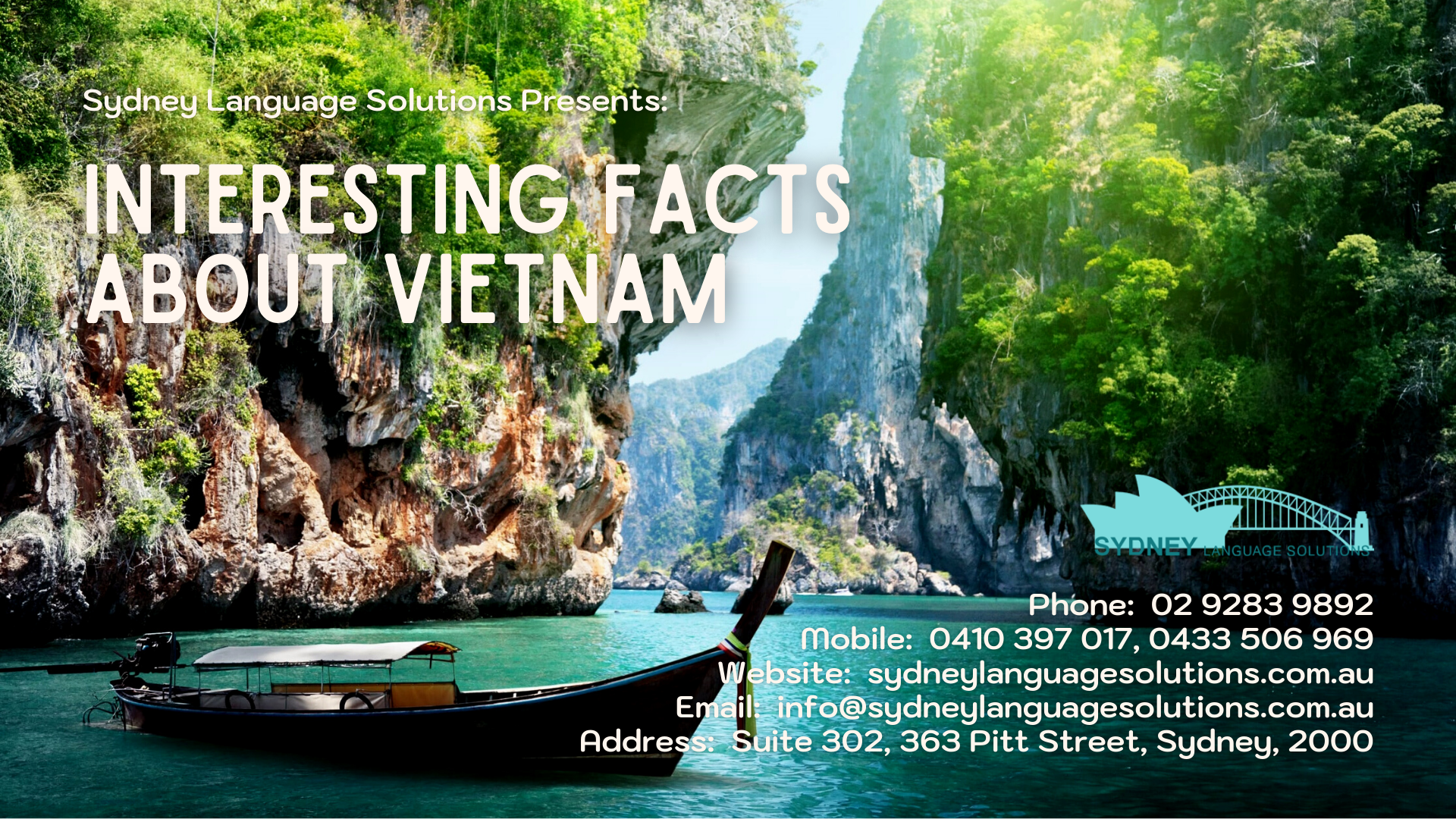


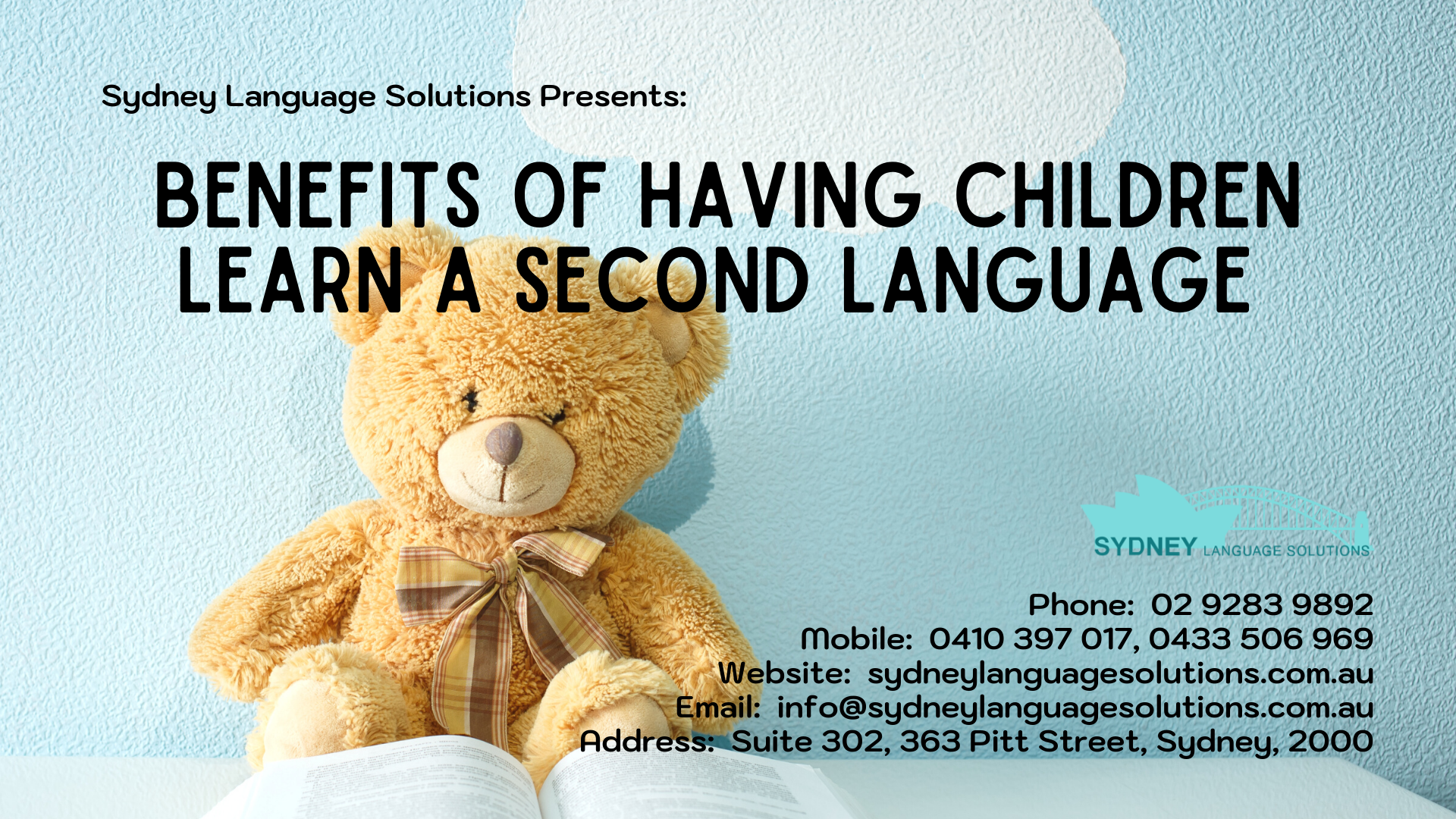
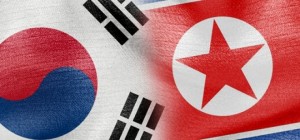
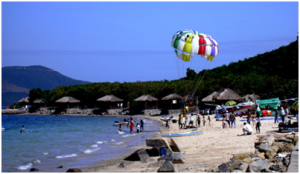
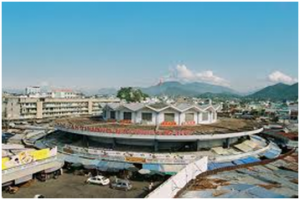
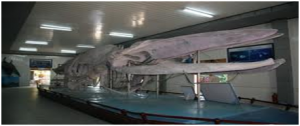
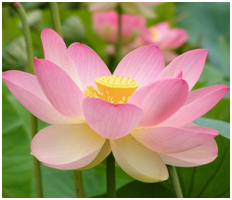
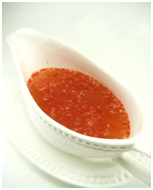



Latest Comments